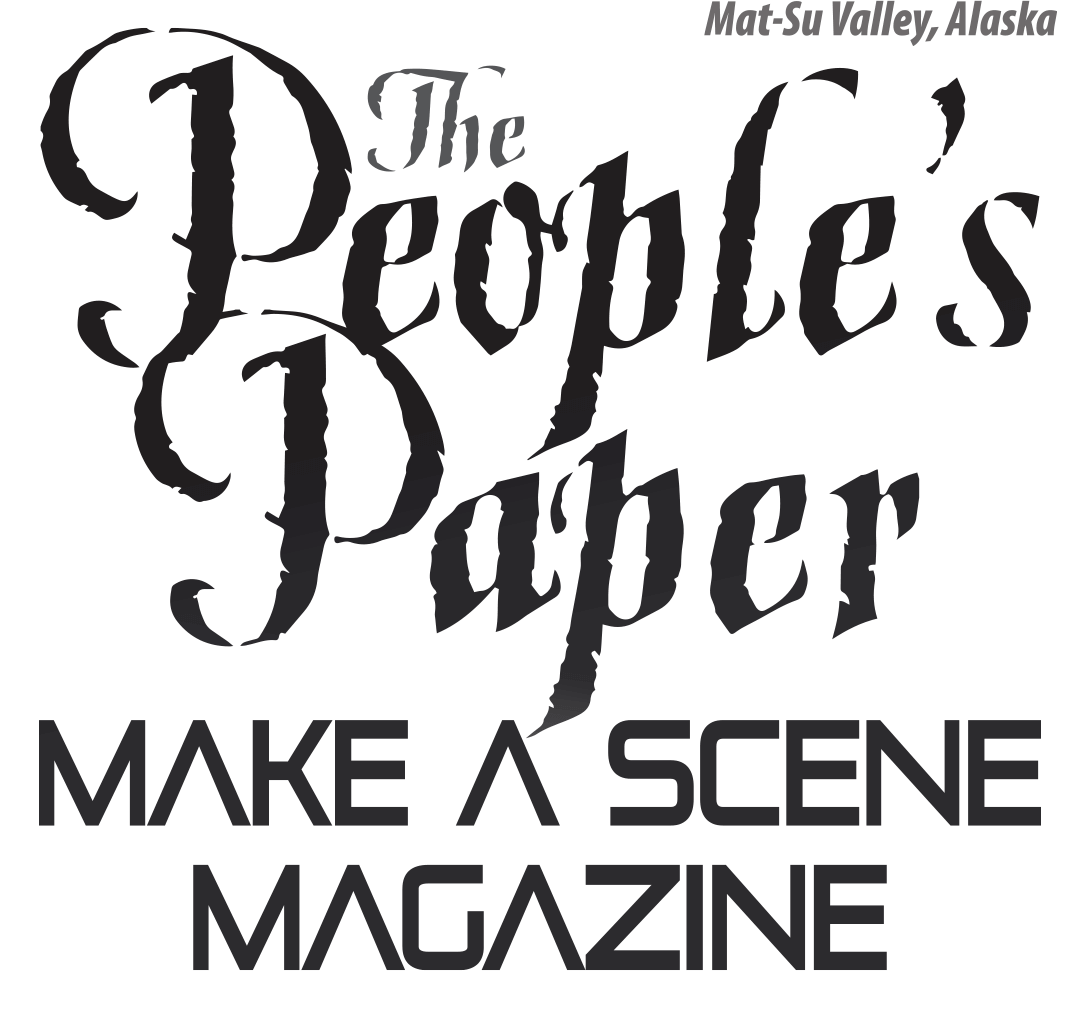Contributed by Antonio Loffredo
Religious hope and support have helped many cope.
Abigail Hill grew up in Ninilchik, longing for something better than the life she experienced as a child. She wanted something greater, something bigger.
Hill moved away at a young age, and when she was 20, got married and had two children. Soon, the better life she was looking for took a turn for the worse as her — now ex — husband became abusive, repeating the cycle she had tried to leave behind.
“As life got the best of me, I definitely started leaning on alcohol to help me cope with stress, just to be able to take a breath and relax for a minute,” said 37-year-old Hill. “But there was always this dark emptiness waiting on the other side of it for me.”
Following her divorce, she moved to Anchorage and met her future husband. Eventually the two began studying the Bible together with Jehovah’s Witnesses. Hill said that her study of the Bible showed her the hope she had always wanted, “Hope for the future was huge for me, because I grew up with no hope.”
However, Hill still suffered from anxiety, panic attacks and depression. Her situation was so serious that she spent a week in the mental health unit of Providence Hospital. “During that time, I got the help that I needed as far as getting the proper medication for myself,” said Hill.
Such mental and emotional distress haunts millions. A recent government survey showed a doubling since 2019 in the proportion of Americans reporting anxiety or depressive disorder symptoms.
In addition to medical help, Hill said support from her congregation during that time was instrumental in learning how to handle what she was going through. One important aspect of that support was "being able to open up and freely talk about what I was going through with people who I knew weren't going to judge me." Hill added, “Real relief comes in the form of hope and love.”
Hill now enjoys life with her husband and three children in Big Lake. She and her husband were baptized as Jehovah’s Witnesses in the Russian River in August 2020.
“I still deal with anxiety and panic, but on a super manageable level. Some of the things that help me maintain my joy and stay positive during the hardest times are my personal study of the Bible, good spiritual routine and public ministry,” Hill said.
Hill’s transformation is no isolated phenomenon. Faith and the support of a congregation have helped many others turn the corner in their recovery.
“While the Bible does not indicate that spirituality cures medical problems, many have derived comfort and strength from what the Bible teaches and the practical guidance it provides,” said Robert Hendriks, U.S. spokesman for Jehovah’s Witnesses.
Hope, support and positive coping skills aid mental health—whether these are built up by professional or faith-based sources, noted Lawrence Onoda, Ph.D., a clinical psychologist based in Mission Hills, California.
Even those with serious mental health conditions may find some aspects of religious participation help them cope with their symptoms, he said.
Keith Thompson was alone again with his thoughts, and, as usual, it wasn’t good. Recently divorced, drowning in debt and facing a fourth back surgery for chronic pain, the 48-year-old trucker no longer cared whether he lived or died.
The pandemic increased the number turning to unhealthy coping mechanisms, such as alcohol and substance abuse. That’s what Thompson had tried since his teenage years as he battled depression and self-hatred.
Then an unexpected phone call changed everything for the Hebron, Ohio, resident.
Just days before his surgery, Thompson spoke to one of Jehovah’s Witnesses, a group known for their public preaching but now pivoting to phone calling and letter writing to share their Bible message during the pandemic. It was a wake-up call for Thompson.
“I tried it my way for some 40 years, and look where it got me,” he said. “I thought I’d try God's way for a change.”
After his surgery, Thompson started studying the Bible in earnest. His instructor became his confidant and mentor, helping him use Bible principles to work through his intense negative feelings. Thompson then began to help others by sharing in the ministry alongside the Witnesses.
“I got to the point where I felt, ‘I want to be alive,’” he said, “like I had done something worthwhile.”
Amid the pandemic, he became one of Jehovah’s Witnesses and made it his life’s work to reach out to comfort others with the Bible’s message of hope, love, and forgiveness that helped change his life.
More resources for coping with mental illness and emotional distress, can be found on Jehovah’s Witnesses official website, www.jw.org.
